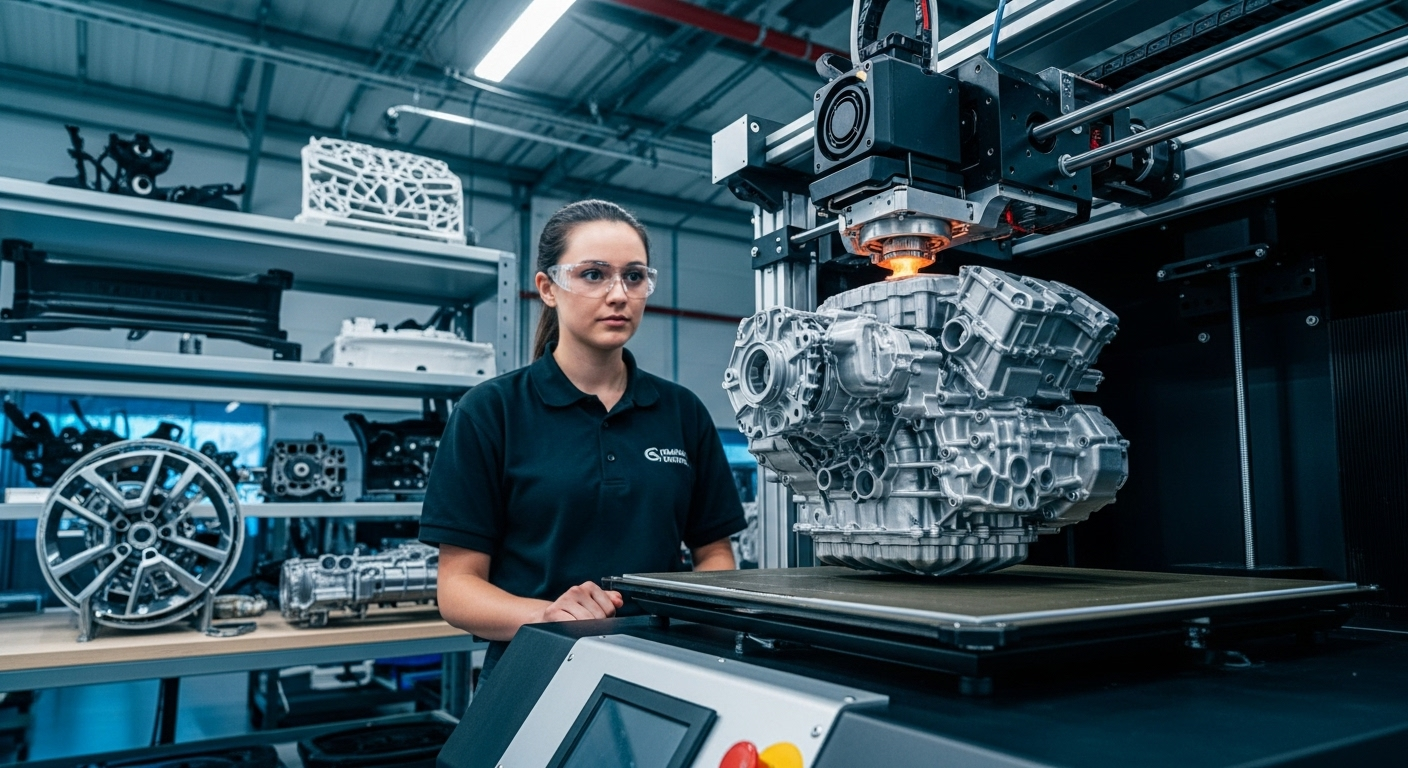Frictionless Factories: Optimizing Production with Magnetic Levitation
Magnetism's role in manufacturing is entering a revolutionary phase, promising to redefine industrial efficiency. This groundbreaking approach leverages magnetic levitation to create frictionless environments, drastically reducing wear, enhancing precision, and boosting productivity. As industries seek innovative solutions to age-old challenges, magnetic levitation emerges as a game-changing technology poised to transform factory floors worldwide.

The Evolution of Magnetic Technology in Manufacturing
The journey of magnetic technology in industrial settings has been a gradual but transformative one. Initially limited to simple applications like magnetic separators in mining and recycling, the technology has evolved to play increasingly sophisticated roles. The advent of rare-earth magnets in the 1970s marked a significant leap forward, enabling more powerful and compact magnetic systems.
Over the past few decades, magnetic levitation has moved from theoretical concept to practical application. While its most visible use has been in transportation, particularly maglev trains, the technology’s potential in manufacturing remained largely untapped. However, recent advancements in control systems and materials science have opened new avenues for implementing magnetic levitation in industrial processes.
Principles of Magnetic Levitation in Industrial Applications
At its core, magnetic levitation in manufacturing relies on the principle of electromagnetic suspension. By carefully controlling electromagnetic fields, objects can be suspended in mid-air, eliminating friction and allowing for unprecedented precision in movement and positioning. This is achieved through a combination of permanent magnets and electromagnets, with sophisticated control systems ensuring stability and accuracy.
In industrial settings, magnetic levitation can be applied in various ways. For instance, conveyor systems can use magnetic fields to transport items without physical contact, reducing wear and tear and minimizing the risk of damage to delicate components. Similarly, machining tools can leverage magnetic levitation to achieve higher levels of precision, as the absence of friction allows for more exact movements.
Benefits of Frictionless Manufacturing
The implementation of magnetic levitation in manufacturing processes offers a multitude of advantages. First and foremost is the dramatic reduction in wear and tear on equipment. Without physical contact between moving parts, the lifespan of machinery is significantly extended, leading to reduced maintenance costs and downtime.
Energy efficiency is another key benefit. The absence of friction means less energy is wasted overcoming resistive forces, resulting in more efficient operations. This not only reduces energy costs but also aligns with growing demands for more sustainable industrial practices.
Moreover, the precision afforded by magnetic levitation enables the production of higher quality goods. In industries where micron-level accuracy is crucial, such as semiconductor manufacturing or precision engineering, magnetic levitation provides a level of control that traditional mechanical systems simply cannot match.
Challenges and Considerations in Implementation
While the potential of magnetic levitation in manufacturing is immense, its implementation is not without challenges. The initial investment required to retrofit existing facilities or build new ones with this technology can be substantial. Additionally, the complexity of the control systems needed to maintain stable levitation requires specialized expertise.
There are also limitations to the types of materials that can be used in magnetic levitation systems. Ferromagnetic materials are the most suitable, which may require changes in material selection for some manufacturing processes. Furthermore, strong magnetic fields can interfere with certain electronic components, necessitating careful planning and shielding in some applications.
Industries at the Forefront of Adoption
Several industries are leading the way in adopting magnetic levitation for manufacturing. The semiconductor industry, with its need for ultra-clean and precise manufacturing environments, has been an early adopter. Here, magnetic levitation is used in wafer handling and processing, minimizing contamination and improving yield rates.
The automotive industry is also exploring the technology, particularly in assembly lines where delicate components need to be transported and positioned with high accuracy. Luxury carmakers are using magnetic levitation to create smoother, more precise paint application processes, resulting in flawless finishes.
In the pharmaceutical sector, magnetic levitation is being employed in the production of sensitive drugs and in quality control processes. The ability to handle materials without physical contact is particularly valuable in maintaining sterile conditions and preventing cross-contamination.
Key Insights for Implementing Magnetic Levitation in Manufacturing
• Conduct a comprehensive cost-benefit analysis before implementation
• Invest in specialized training for staff to manage new systems
• Start with pilot projects in non-critical areas to test and refine the technology
• Consider partnering with technology providers for tailored solutions
• Regularly assess and update safety protocols to address unique challenges
As we look to the future, the concept of frictionless factories powered by magnetic levitation is more than just a technological curiosity—it’s a glimpse into the next era of manufacturing. By harnessing the power of magnetism, industries are not only overcoming long-standing challenges but also opening doors to new possibilities in efficiency, precision, and sustainability. As this technology continues to mature and become more accessible, we can expect to see a profound transformation in how goods are produced, setting new standards for quality and operational excellence in the global manufacturing landscape.





